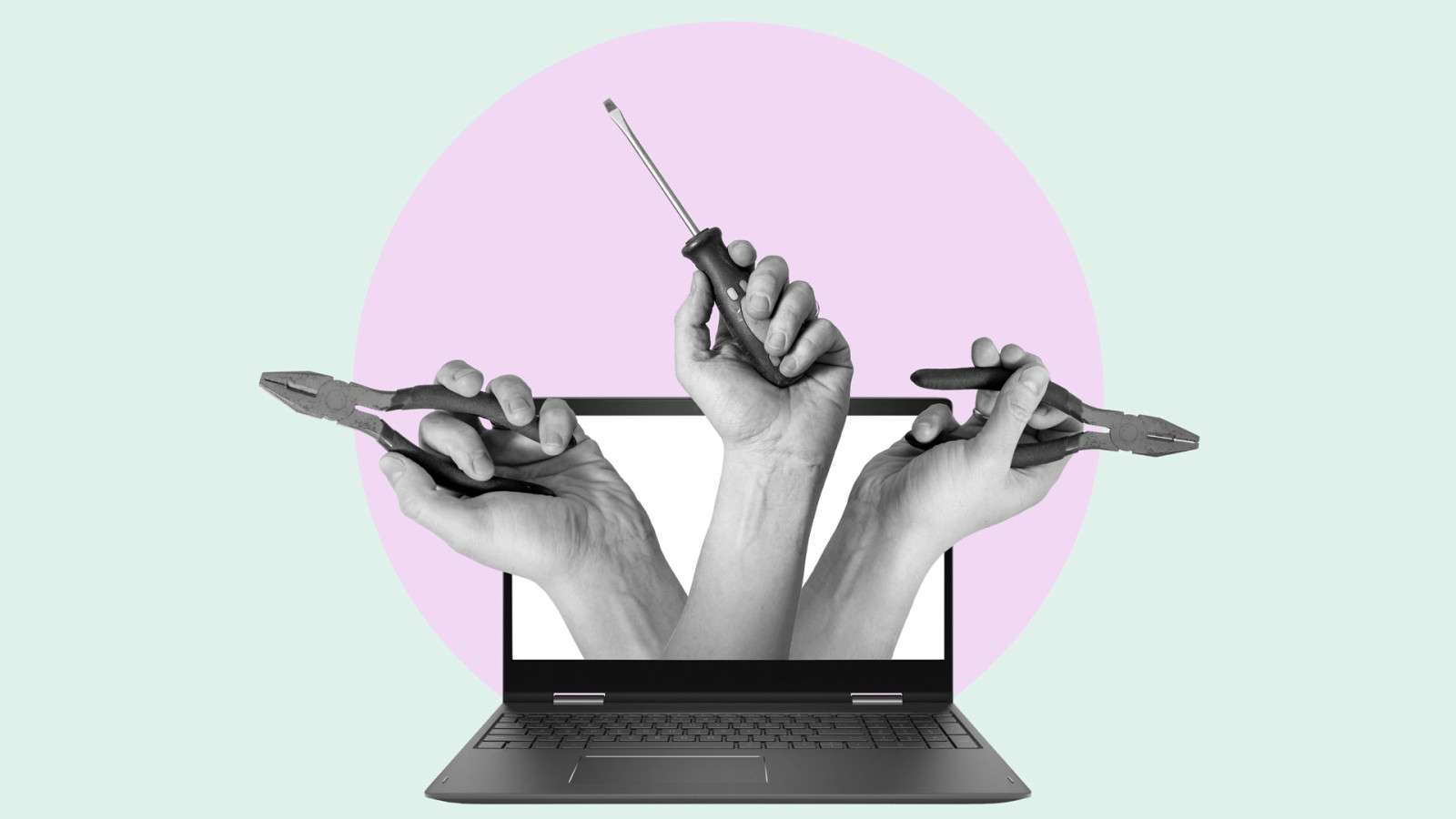What goes into delivering a successful animation?
Published Sep 11, 2017 – By Matt Goodenday

Whilst it is easy to judge the quality of an animation primarily on its creative execution, the process by which it is delivered is just as important.
Here are some of the key stages in delivering an animation…
1) The schedule
It is essential that timings are agreed right from the get go. The nature of an animation means few activities can be done in tandem so it’s important that these are mapped out and that everyone is clear about what the deadlines are.
The script cannot start until the brief is agreed, the animation cannot be produced until the script and storyboard are signed off, and so on and so forth…
2) The creative brief
Perhaps the single, most important stage in the development of an animation (and any creative project for that matter) is the creative brief. This stage ensures that all parties understand what is required and should rule out any potential confusion (avoiding unwanted surprises later on in the project).
The brief should clearly outline what the animation aims to do, the important key messages, what tone of voice it needs to have and what visual guidelines it needs to follow. No work should begin until this is agreed as everything will be based on it!
3) The script and storyboard
In an ideal world, the script would be signed off (whether it be for a voiceover or simply on-screen text), then the storyboard would be created subsequently. However, often time pressures mean that both will need to be created together. The important thing however is that everything is being done within the agreed timeline and any potential impacts to the schedule are communicated.
The storyboard should show the visuals frame by frame and clearly explain how the different elements will move and transition between one another. This needs to be right… If it isn’t, then neither will the finished piece! (Think of it as the blueprint for the animation.) Therefore, it is important that this is agreed before moving on to the next stage.
4) The production
If all of the previous stages have been done correctly, then this will be the easiest part of the project. The animation should be created in a way that follows exactly what’s on the [agreed] storyboard. If time permits then the VO would be recorded before production begins so that the animation can be synced to it (or if lucky enough to be in the perfect scenario described above, record it whilst storyboarding is taking place).
5) The delivery
The things to consider at this stage include: is the final file in the correct format (.MOV vs .MP4)? Is it in the correct size? Last but not least, have all the technical requirements been met?
Going through all of these stages in a robust way, with regular communication and making sure deadlines are met to everyone’s best ability, will mean that everyone gets an animation that they were expecting and that they are happy with.
And, if you happen to be looking for the perfect agency partner for one of your upcoming animation projects, feel free to drop us a line at: hello@wardour.co.uk
Stay ahead of the curve
Sign up to our emails

